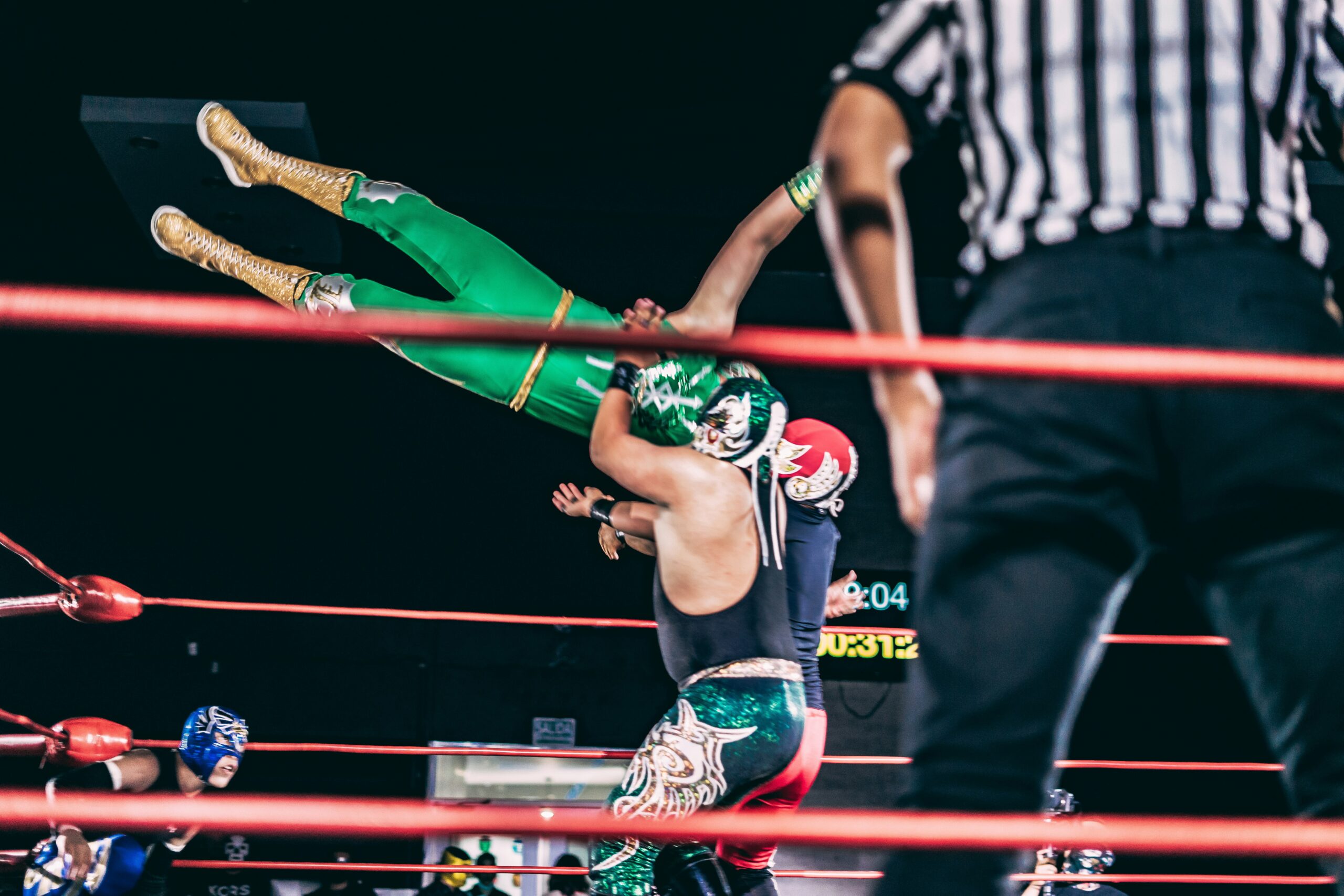Image credit: Unsplash
In today’s competitive business landscape, the difference between good companies and great ones often comes down to how effectively they develop their talent. Daniel Johnson, Managing Director of Immaculate Homes, has pioneered an innovative approach to leadership development that transforms traditional employees into business-minded leaders. His strategies offer valuable insights for organizations looking to cultivate high-performing teams while maintaining operational excellence.
Finding Balance Between Employment and Leadership
Daniel challenges the popular narrative that everyone should become an entrepreneur. “Everyone talks about wanting to be an entrepreneur or going out there and doing it yourself, but not everyone’s really made for it,” he explains. Instead, he advocates for a more nuanced approach that allows employees to develop leadership skills within the security of established organizations.
“Sometimes you want to be able to sit there and test the water,” Daniel notes. “To go and jump straight in, you need to be a different type of person to be that true leader and have the guts to be able to do it.” This perspective opens up new possibilities for employee development and career growth.
Here are 5 leadership strategies by Daniel Johnson to transform employees into high-performing business leaders:
Strategy 1: Developing Mini Business Leaders
One of Daniel’s core principles involves treating each team member as a potential business leader rather than just an employee. “It’s about involving the staff and allowing them to be able to see the impact that they can make on some of those company challenges and strategic directions,” he shares. “By seeking that perspective, you’re allowing them to be able to feel like they’ve got almost that mini business within the business.” This approach has proven particularly effective in his construction company, where he emphasizes that “everyone’s fingerprints are on it at every stage of the actual job. It’s not just one single person that puts it together.”
Strategy 2: Stepping Back for Team Growth
Daniel’s leadership philosophy emphasizes the importance of knowing when to step back and let team members grow through experience. “As an entrepreneur, you’re always there sitting at the front trying to make sure there’s a clear path for everyone else. But sometimes if you give them that clear path and step back a little bit, know that they’re going to learn things along the way.” This approach requires patience and acceptance that learning comes with challenges. “Let’s learn all those things as quick as we can,” Daniel advises. “If it costs what it costs, but it’s just part of what it takes to be able to learn those bits and pieces.”

Strategy 3: Utilizing Strategic Selection
When it comes to building effective teams, Daniel emphasizes the importance of selecting the right individuals. “Your high performers want to play with high performers,” he notes. This creates a self-reinforcing cycle of excellence within the organization. However, he acknowledges that finding the right people requires careful consideration. “Everyone has a level of wanting to do more than just the job. Everyone wants to have that feeling in terms of being involved in terms of taking a little bit more ownership,” Daniel explains.
Strategy 4: Actively Recognizing Team Values
Daniel has developed an innovative approach to maintaining company values through regular team discussions. Rather than letting values become static declarations on office walls, his organization actively incorporates them into weekly team meetings. “After every weekly team meeting, we sit down and talk about it as a bit of open forum,” he describes. The process involves team members recognizing each other’s contributions: “Someone might say, ‘Jamie, this week you displayed a great level of excellence when we did X.’ Then that person gives them that opportunity to be able to say, ‘Okay, that relates back to the company’s values.'”
This approach ensures that company values remain active and meaningful. “You need to be able to make sure that constantly those values are being reminded back within to be able to create that culture,” Daniel emphasizes.
Strategy 5: Ensuring Cultural Consistency
For organizations with multiple divisions or companies, Daniel stresses the importance of maintaining consistent cultural values. “You can’t have different values between different businesses,” he explains. “That’s the fingerprint DNA that you bring across each one of your companies.” This consistency offers practical benefits, particularly in talent management. “It makes it very easy to be able to go between the different organizations,” Daniel notes. “Sometimes you can give opportunity to someone sitting there in the building business saying, ‘Look, I want to be able to do this,’ then you can move them over to another organization. You’re not losing the talent; you’re just pushing the talent between organizations.”
Daniel’s approach offers a blueprint for organizations looking to develop strong leaders while maintaining operational excellence. By focusing on creating opportunities for growth within established structures, companies can build stronger teams and create sustainable paths for employee development.To learn more about Daniel Johnson, check out his LinkedIn Profile or visit his website.
Written in partnership with Tom White








































































































































































































































































